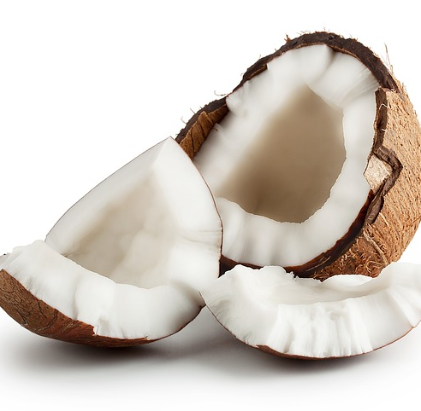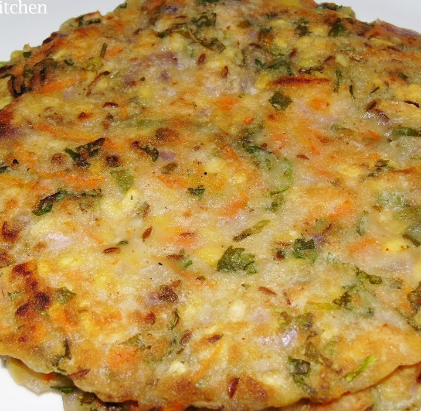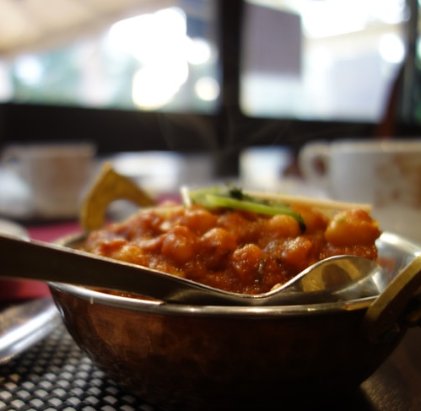
- Phytopedia
- FRUITS
- Coconut

Coconut oil is healthy and is used in South Indian cuisines
GEEK TALK
BUT WE TALK
GOEGRAPHICAL DISTRIBUTION
DID YOU KNOW?
Coconut is the most famous member of the Palm tree family. Oh yea., its a tree. A tall tree at that. Actually, Its a fibrous fruit with a nut. And it is a hard nut to crack. Maybe that’s where the expression came from! The actual coconut is the flesh inside and the only edible part.
If you journey past this as well you reach the inner sanctum- the receptacle that holds coconut water. So it is both edible and potable. Do we know any other fruit or vegetable that can be drunk first and eaten next? Literally one after the other.
The coconut is peeled in layers. Nothing can describe the first peel better than this video! Once we remove the fibrous cover of the fruit we reach the nut with 3 “eyes”. Incidentally, its these 3 eyes that reminded the early Spanish settlers of coco which meant monkey face! Hence the name.
The flesh of the coconut is snow white and juicy. It can be eaten as is. For the most part, though they are grated and used as an important ingredient in cooking across several cuisines. Incidentally, coconut “milk” is extracted from the flesh and is quite distinct from coconut water.
Coconut waters quite an amazing drink. Its healing properties are legendary and widely known. To this day, Coconut water is given to patients in hospitals in India for post-surgery recovery. It was used as a substitute for saline drip for injured soldiers in the second world war!
Other parts of the coconut are no less magical. Coconut oil is not only a major cooking oil in Kerala, India, but is also used traditional medicine in Asian and Pacific populations. The Pacific Islanders refer to this as the “Tree of Life”
CULINARY USES
Culinary uses of coconut are widespread. There are many products derived out of coconut which is used in kitchens.
- Coconut oil, milk, cream, grated coconut, coconut powder, neera, tender coconut water, etc. are few naturally occurring coconut products used in the kitchen.
- All these in different combinations are extensively used in Indian cuisines.
- There are wide range of curries that are made in different parts of India using different varieties of mangoes in its different stages of development.
KITCHEN PHARMACY
- Coconut oil, long considered unhealthy because of high saturated fat is now being termed “the healthiest oil on earth” because it contains that rare form of MCFA (medium-chain fatty acids) that our body loves. The only other source of MCFA, not surprisingly, is palm kernel oil. Incidentally, The Coconut is a Palm.
- Coconut in its all forms is highly nutritious. Apart from carbohydrates, fats, and proteins it has several other minerals like Manganese, Copper, Magnesium, Phosphorous, Iron and Potassium.
- Coconut is good for heart health and contains powerful antioxidants.
- In Ayurveda, Coconut in its all forms are used in different kinds of medicines to treat diseases related to the skin and the gastrointestinal system.






